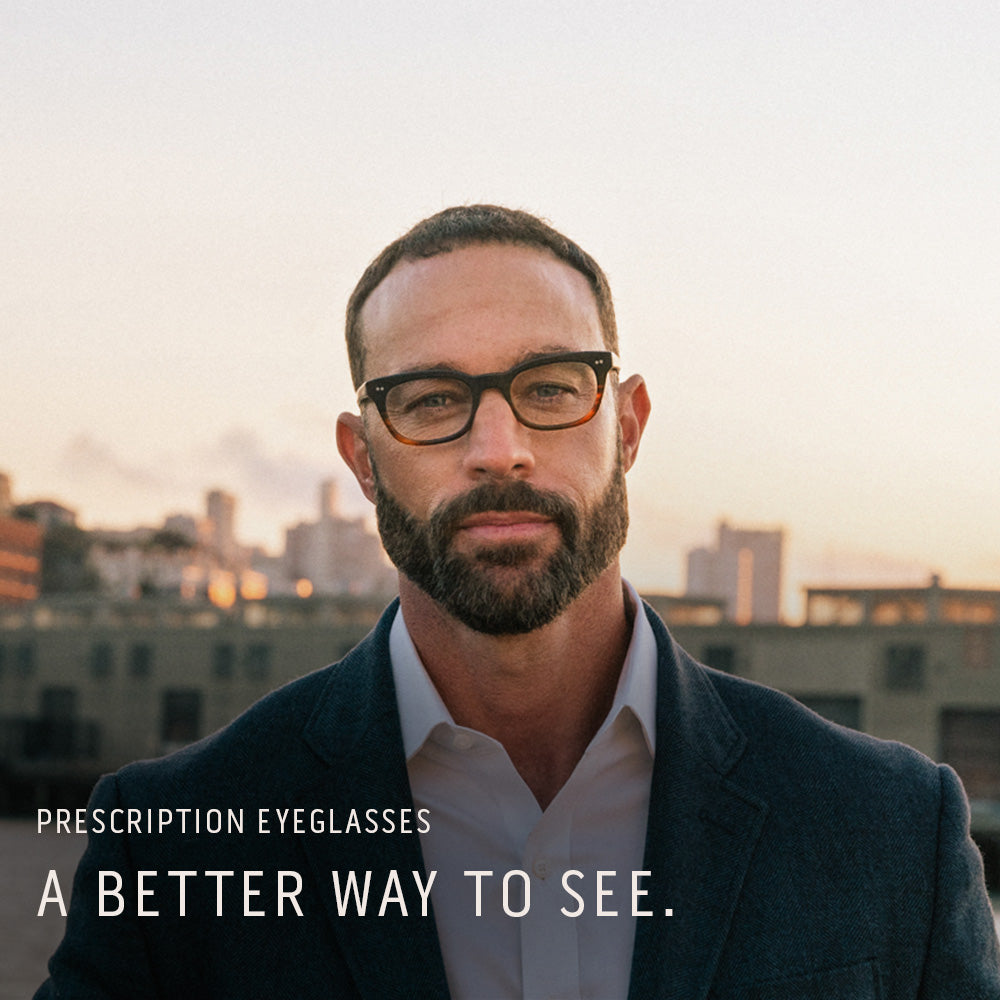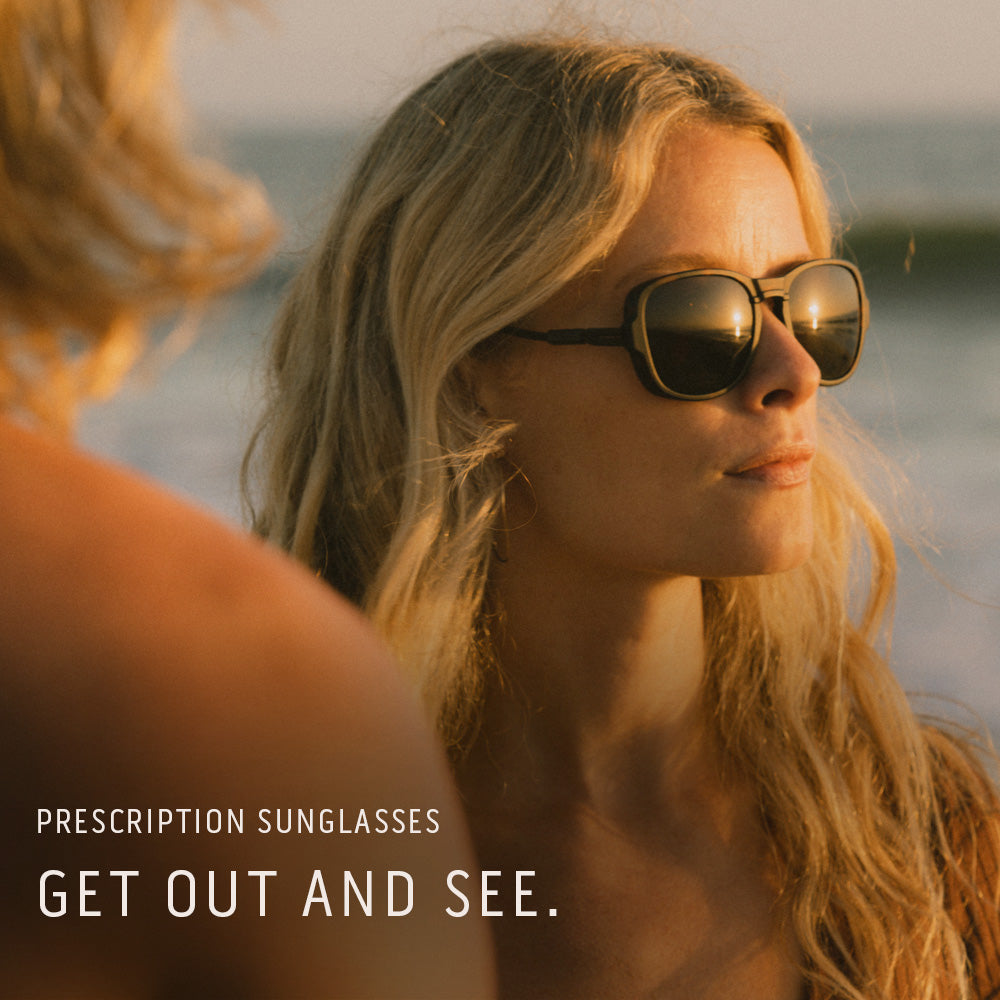Menu
- EV READERS™
Reading Glasses, Reimagined
Mobile Menu
SHOP EV READERS BY BRAND
SHOP EYEGLASSES BY BRAND
SHOP SUNGLASSES BY BRAND
SHOP READING GLASSES BY BRAND

Reading
EXTENDED VISION™ READING GLASSES
Introducing EV Readers: Reading glasses tailor-made to your measurements and designed for the way you need to see.
SINGLE VISION READING GLASSES
Handmade frames in styles by Raen, STATE Optical and L&F paired with custom-made single vision reading lenses.
EXTENDED VISION™ READING GLASSES
Introducing EV Readers: Reading glasses tailor-made to your measurements and designed for the way you need to see.

SINGLE VISION READING GLASSES
Handmade frames in styles by Raen, STATE Optical and L&F paired with custom-made single vision reading lenses.

Prescription
LENSES
Now you can get custom-made lenses with premium coatings mounted into your own favorite frames. Enjoy a better reading glass experience with our collection of Extended Vision™ Reading Lenses. Or give your favorite prescription glasses a second life with our premium Rx Replacement Lenses.
Now you can get custom-made lenses with premium coatings mounted into your own favorite frames. Enjoy a better reading glass experience with our collection of Extended Vision™ Reading Lenses. Or give your favorite prescription glasses a second life with our premium Rx Replacement Lenses.

SHOP REPLACEMENT LENSES

SHOP OMBRAZ LENSES

SHOP EXTENDED VISION™ READING LENSES

What are progressive glasses, who needs them and how do they help people see more clearly
Progressive glasses, also known as progressive lenses or no-line bifocals, are fitted with a type of eyeglass lens that provides a gradual change in lens power from top to bottom which allows you to see clearly into the distance and focus clearly up close without the visible line you see in traditional bifocals that separate the two different power corrections.
Who needs progressive glasses?
Progressive glasses are typically prescribed to individuals who have difficulty seeing both near and far. This condition is known as presbyopia and it usually occurs as people age. Presbyopia is a natural part of the aging process and typically begins to develop around the age of 40. If you find yourself holding things further away to read or switching glasses frequently, you may be a candidate for progressive glasses.
Benefits of wearing progressive glasses
Progressive glasses offer many benefits over traditional bifocals. One of the main benefits is that they provide a natural and seamless transition between distance and near vision. This eliminates a phenomenon known as "vision jump" which used to occur with traditional bifocals when your eyes would "jump" from distance viewing into near vision magnification - which could be rather jarring and frustrating. Additionally, progressive glasses do not have the visible line that is present in traditional bifocals separating the two different powers. This means that you can wear them in any situation and nobody needs to know that you are wearing lenses that help you see far away and focus clearly up close.
If you're new to multi-focal lenses, click here for some "pro tips" which may make it easier to adapt to these exciting lens designs with multiple vision zones.
Lastly, progressive glasses can also be made with a variety of lens materials and coatings, such as polarized, scratch-resistant, and anti-glare coatings. This means that they can be customized to suit your individual needs and lifestyle.
Experience a paradigm shift with Extended Vision™ Reading Glasses
If you wear reading glasses or progressive lenses to help you to focus up close, then you'll love our specialty Extended Vision™ Reading Glasses: EV6 for computer work (up to 6 feet of clear vision), EV20 for home or office environments (up to 20 feet of clear vision), or the EVinfinity as your ultimate outdoor companion to see far into the distance and still be able to glance down and read your phone. Extended Vision readers are changing the way we see our work, our workplace, and the outdoors. And you don't need a prescription to order these unique Extended Vision readers.
Also in Eyewear Explainers

How to Choose the Right Extended Vision Reader
If you’ve ever wondered why your reading glasses work great for your phone but fall apart when you look at your computer screen—or why your progressives feel awkward at your desk—you’re not alone. As our days bounce between screens, documents, and the spaces around us, one pair of “reading glasses” isn’t always enough.

A Different Way To Reader
Disappointed with cheap reading glasses that can't focus clearly between your phone and your computer screen? Expect more from your reading glasses when you step up to Extended Vision readers by Lens & Frame Co. with lenses that are custom-made to your measurements using the same lens designs and multi-layer anti-reflection coatings as top-shelf Rx Computer Progressives.

Computer Glasses. What and Why
Save 15% today
Join the L&F Insider mailing list and get 15% off your order.*
* Valid for orders over $100
Let the savings begin!
LANDF-XXXXXX
Use CodeClick the button above to automatically apply your discount code to your order.







